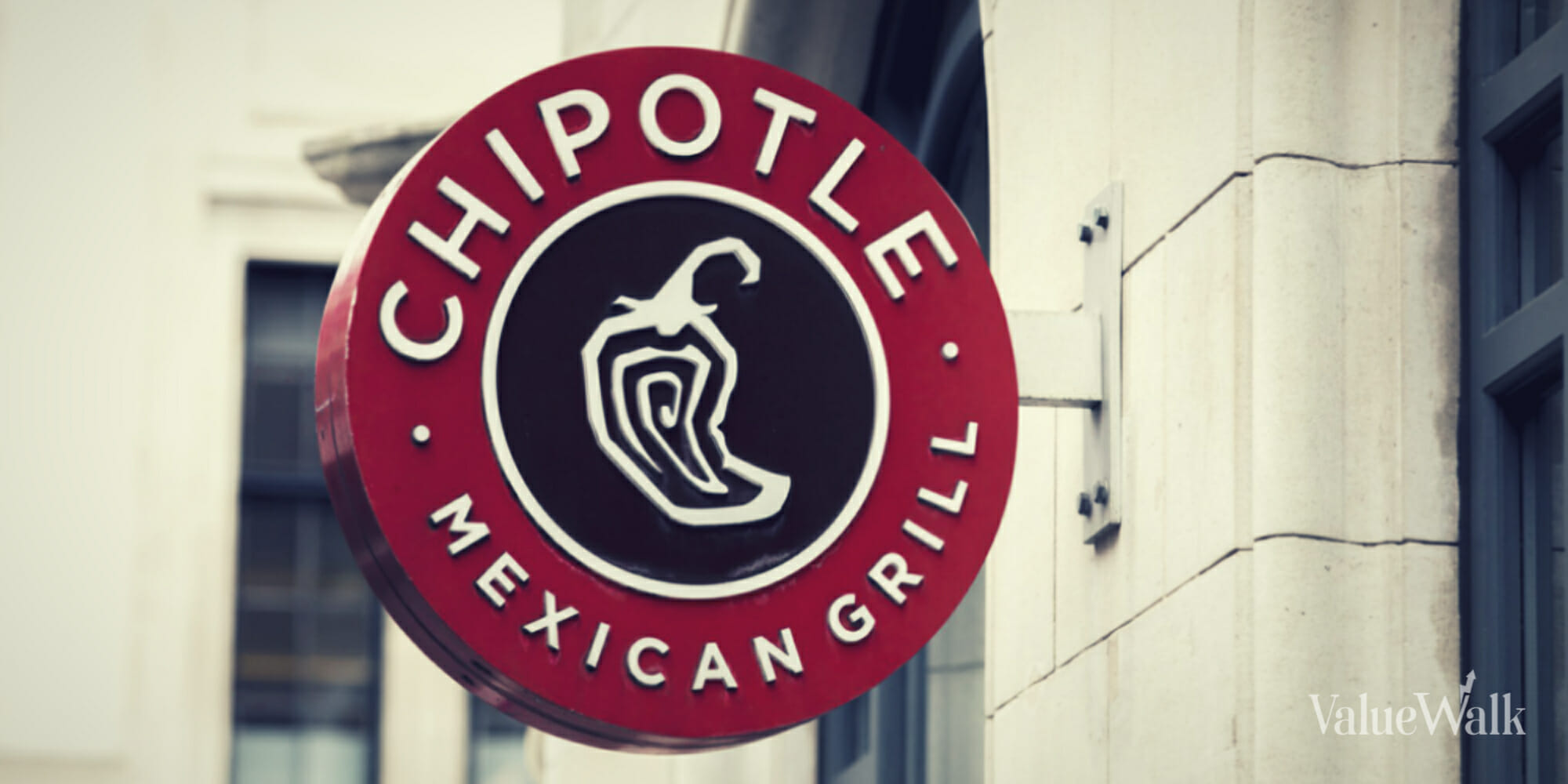Secondary buyouts have been artificially propped up by the inflated volume of crisis-era investments for the past few years. “Like a snake digesting an elephant’s worth of assets,” as Bain & Co. phrased it, PE deals made from 2005 to 2008 slowly made their exits, topping out in 2015 in terms of secondary buyout activity.
Decelerating slightly in 2016, pass-the-parcel deals have fallen off a cliff so far this year. As we outlined in our recent PE & VC Exits Report, SBOs would drop 16% in volume at their current pace and likely level out over the next few years.
Chinese Firms Target $6.8 Billion Footwear Deal
SBO activity by year (North America and Europe)
So begins another cycle in the PE industry. Dry powder levels are well above even 2008 totals, and each PE-backed company that comes to market is said to spark a feeding frenzy among buy-side sponsors. As the last of the elephants pass through, we should get a clearer picture of the post-crisis SBO market and the changes PE firms are said to have made.
?SBOs are now justified via “complementary skill sets” between buyers and sellers—whether in terms of size, geography, strategy, or sector expertise, among others. It’s a perfectly valid trend, but it remains largely anecdotal. With so much money sloshing around chasing too few targets, buyers and sellers are focused on more than just each other’s skill sets, and likely will be for some time to come.
Note: This column was previously published in The Lead Left.
To download our latest PE & VC Exits Report, click here.
Article by Alex Lykken, PitchBook






